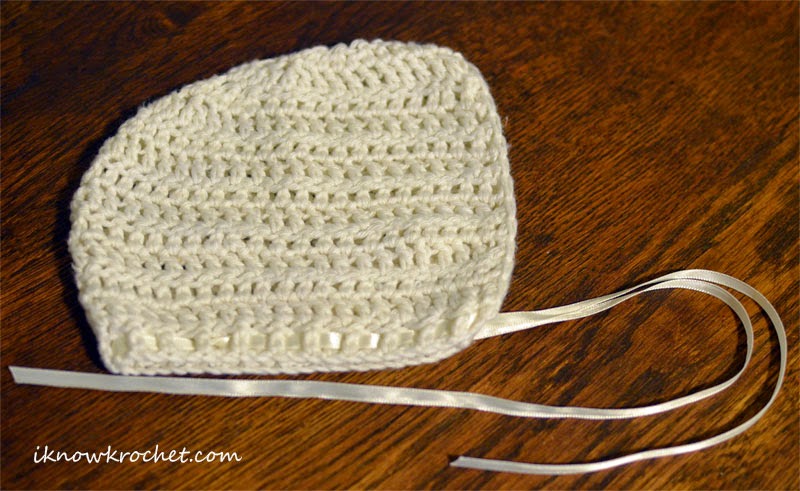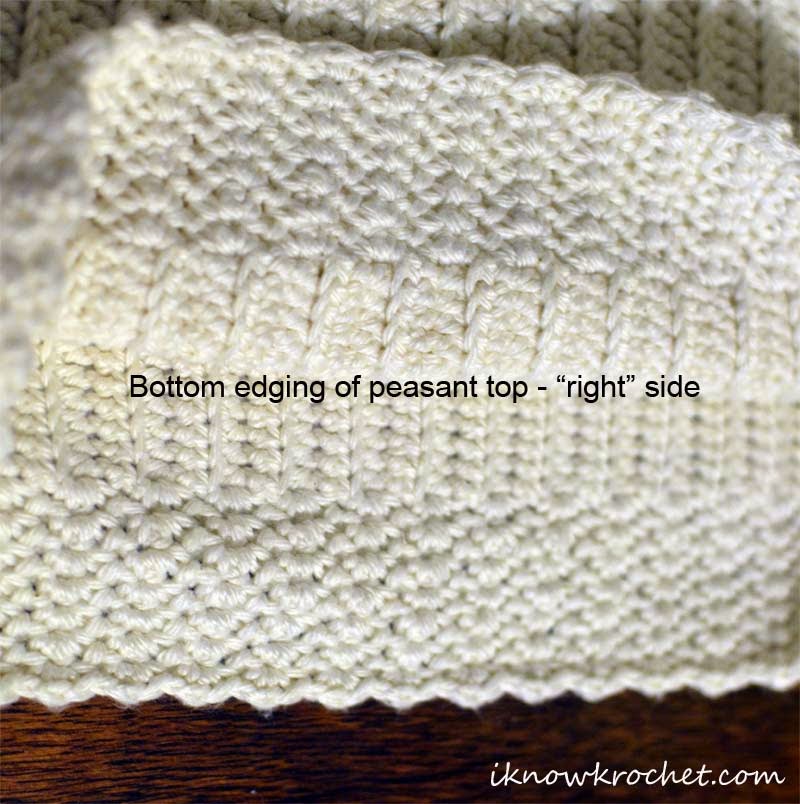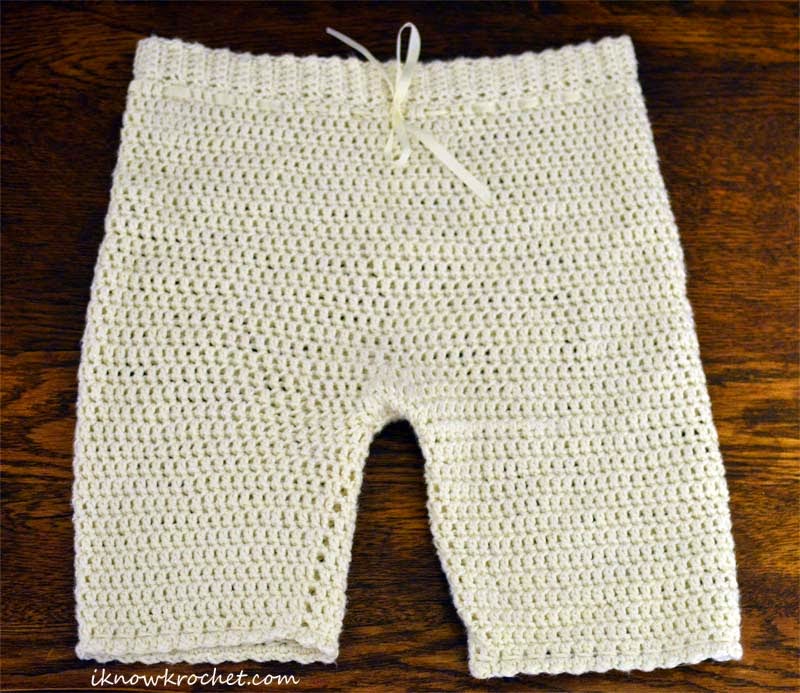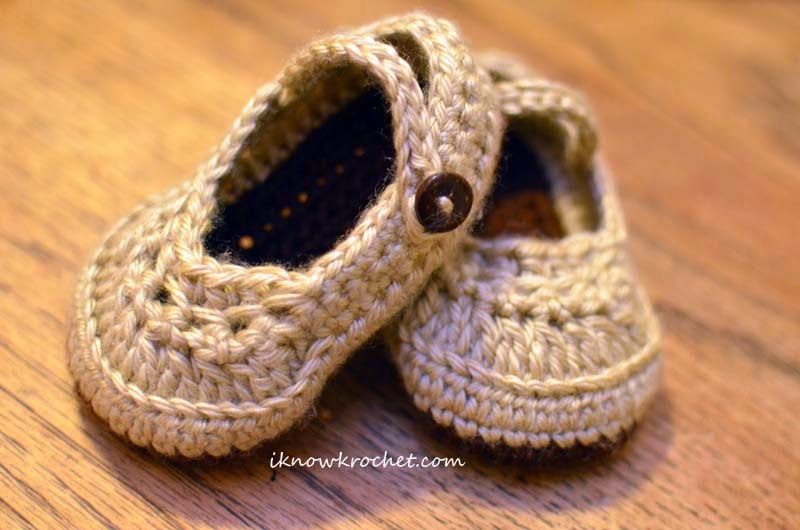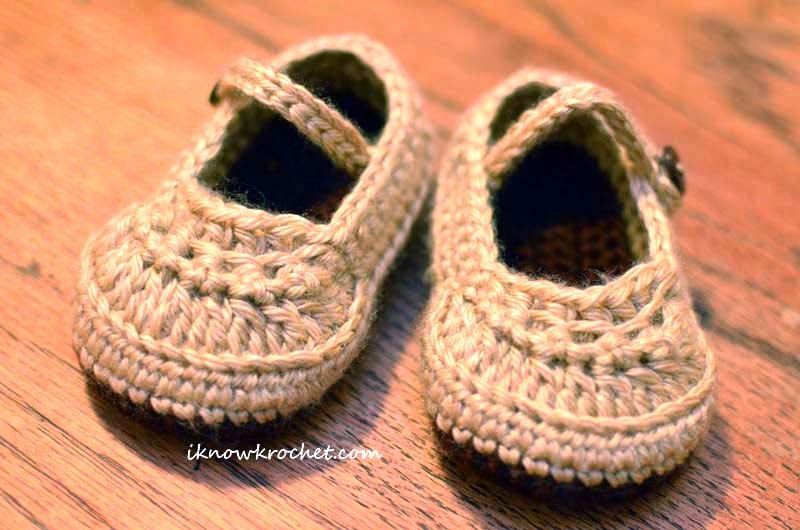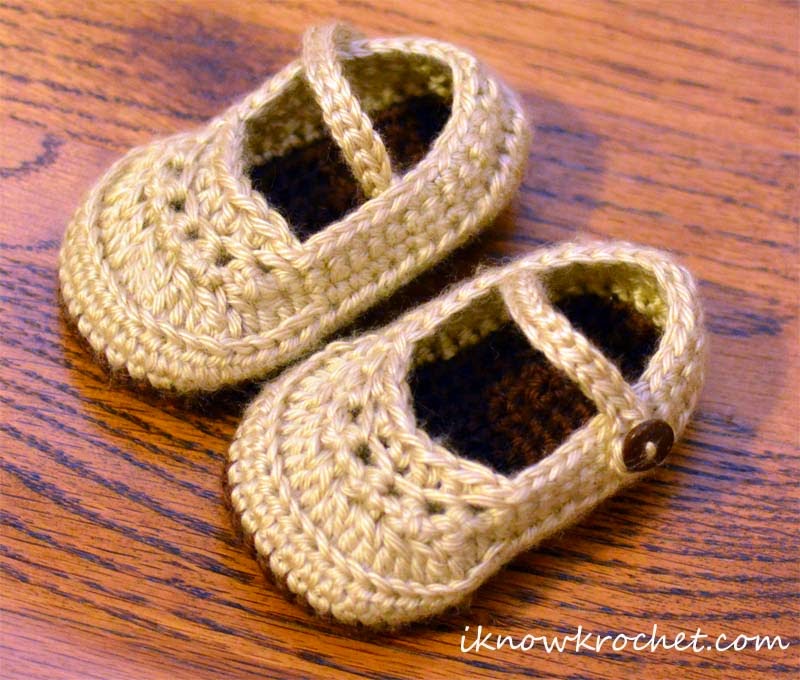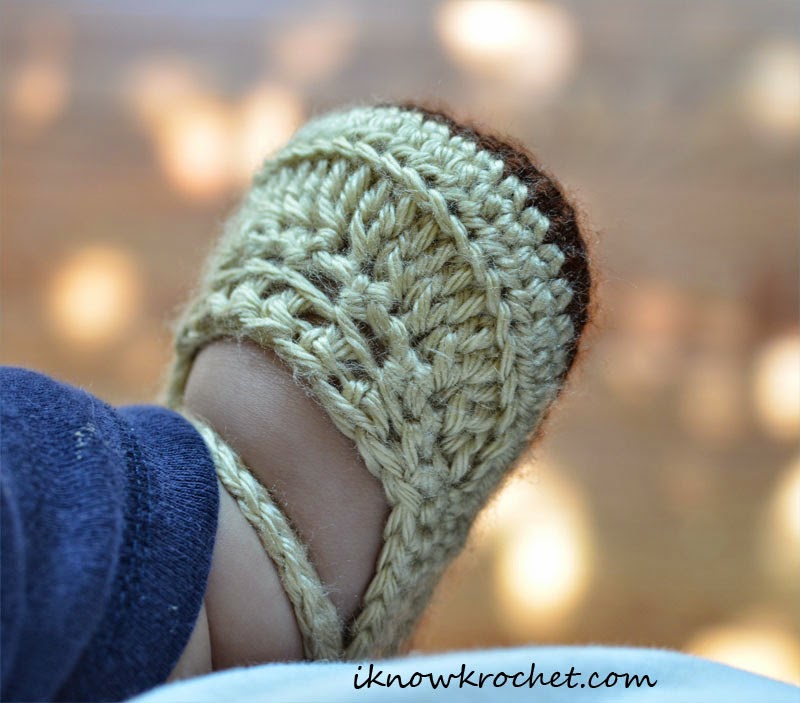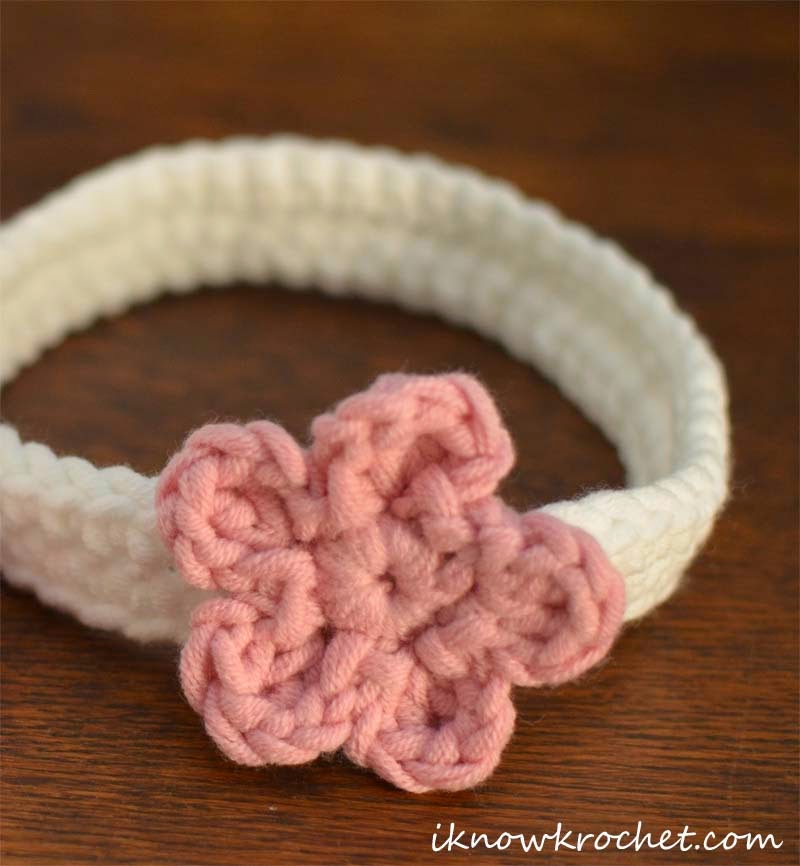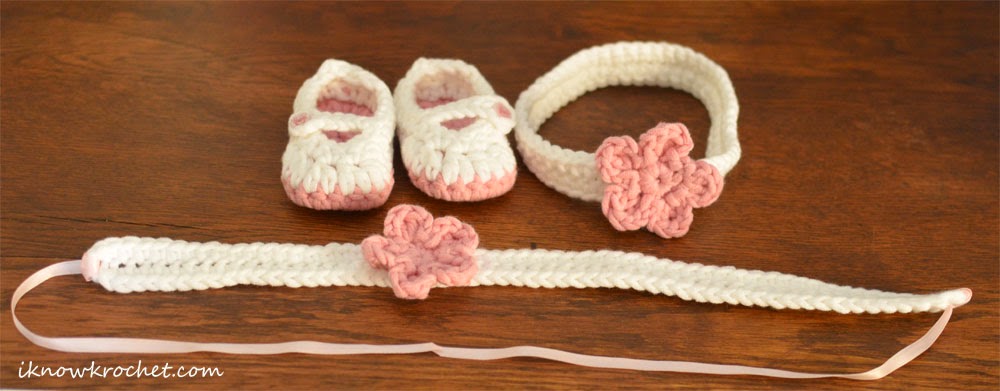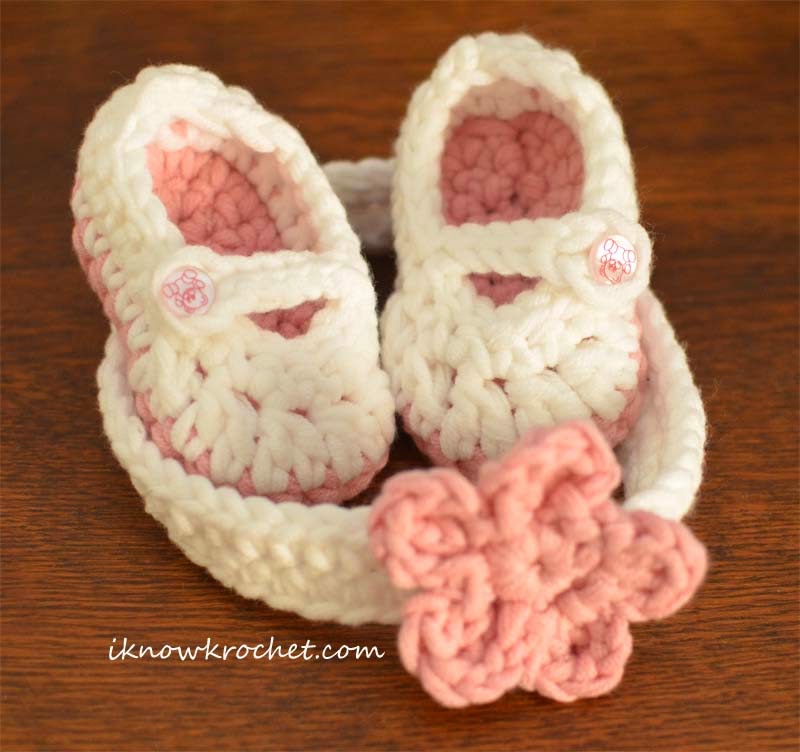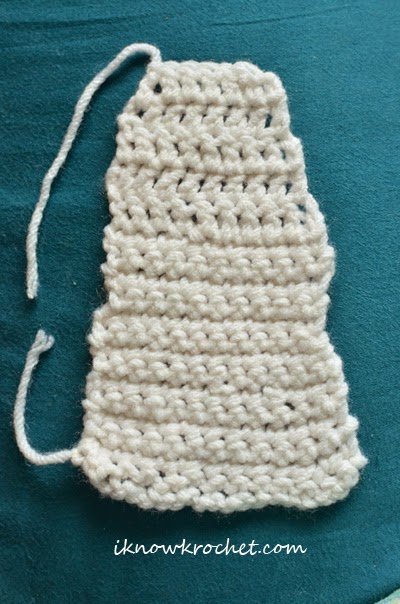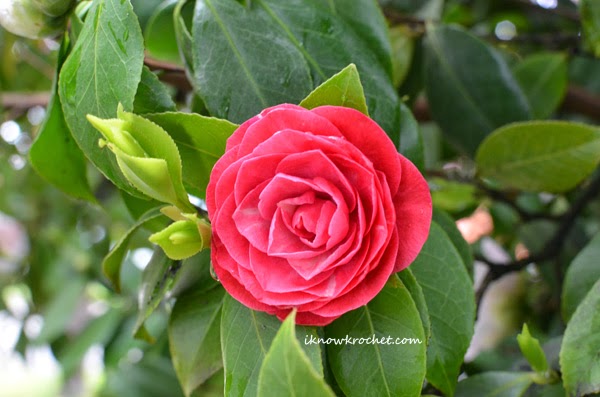I am so happy that I learned to crochet in time to make my young son's baptism outfit. When I originally started this project, I only intended to make a bonnet and booties, but after finishing the adorable bonnet, I was inspired to crochet the entire outfit. My inspiration was based on the following:
- The colors of every item should match. Incidentally, all whites are not created equal, so the only way to ensure that everything matched perfectly was to make each piece using the same yarn.
- Every piece should fit my son well
- My son was already in size 12-24 months and it was a bit more difficult to find an outfit in his size.
- Even if I found something in his size, there was no guarantee it would fit. I wanted something that I could tailor make to fit him perfectly.
- The outfit would be a family heirloom
- Baptism outfits are one of the few clothing items that become automatic family heirlooms. I was enchanted by the idea that my son could look at this outfit when he's older and say, "My mom made this!"
Thus began my search for the perfect baptism outfit pattern. It needed to be something within my skill level that I could complete in a reasonable amount of time. Most of the crochet patterns listed as "baptism" or "Christening" outfits that I found were written for sizes too small for my son. Additionally, although I found many cute dresses in his size that could pass as baptism outfits, it was challenging to find the perfect outfit for a baby boy. This meant I'd have to be a bit creative in assembling the perfect baptism outfit for my son.
I ended up combining four separate patterns to make my baby boy's baptism outfit.
Pattern Links:
- Baptism Bonnet by Pretty Prudent (free pattern)
- Ribbed Peasant Top by Holland Designs (on Etsy for $5.50)
- Pants ("Longies") by Look at What I Made (free pattern)
- Little Mister Loafers by The Lovely Crow (on Etsy for $5.95)
Supplies:
Yarn
- I made the entire outfit using Comfy Sport yarn (#2 weight) from KnitPicks (white, SKU: 24794). I absolutely love this 75% pima cotton / 25% acrylic yarn. It is very soft and high quality. The only caveat is that it is not a pure snow white like the picture and description suggest. It looks more like a light ivory, antique white, or off-white. But it is so beautiful. I actually prefer this color over stark white. I used about seven balls (218 yards/50 grams per ball) for the entire outfit (size 12-24 months). Final measurements of the pieces are included below for reference (apparently my baby had a stocky square body shape).
Hooks
Embellishments
The color of the ribbon and buttons matched the yarn perfectly.- Antique white ribbon (1/4 in x 18 ft spool - I had extra leftover)
- I used the same satiny ribbon in every piece except the booties. It was the perfect color to match the yarn, and was the perfect embellishment to make this outfit special. I made sure to heat seal the edges to prevent fraying.
- Two antique white shank buttons for booties (11 mm).
Modifications:
Bonnet
Final measurements: top of crown to bottom = 8 inThe only modification I made to this pattern was using a sport weight (#2) yarn, rather than the worsted weight suggested in the pattern.
Peasant Top
Final measurements: neckline to bottom of shirt = 9 in, bottom border 1.5 in (total length = 10.5 in), width at waist = 12 in, arm width = 4 in, arm length = 5 in
The piece that really made the outfit was the top. It's a peasant top that has a combination of simplicity and embellishments to be perfect for a little boy's baptism. I tailored it to fit my son, which was easy because the pattern is based on measurements. The only "modification" was a mistake I made on the edging.
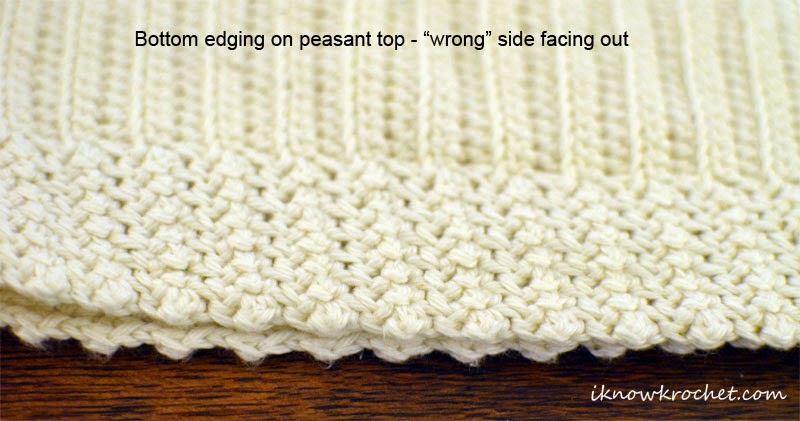 My mistake was that I crocheted the edging on the wrong side (the side farthest away from me when crocheting in the round). Consequently, the beautiful part that was supposed to be facing the outside ended up on the inside. I could have just turned the top inside out, but I didn't want the seams to show, so I just kept it the "wrong" way, which was still quite beautiful. I included seven rows of edging, partly to add some length because my original measurement only went to my son's waist and I should have made it a bit longer. I added a row of edging to the arms to match.
My mistake was that I crocheted the edging on the wrong side (the side farthest away from me when crocheting in the round). Consequently, the beautiful part that was supposed to be facing the outside ended up on the inside. I could have just turned the top inside out, but I didn't want the seams to show, so I just kept it the "wrong" way, which was still quite beautiful. I included seven rows of edging, partly to add some length because my original measurement only went to my son's waist and I should have made it a bit longer. I added a row of edging to the arms to match. |
| Edging on arm |
Tip: when crocheting in the round, make sure that the side you are working on is closest to you to ensure that the right side of the stitch is facing out. This is particularly an issue when joining yarn to add edging or start a second leg in the pants (I also made this mistake in the pants and had to redo a huge section).
I used ribbon to cinch the top. My son had very pudgy arms, so I had to make the top wide enough to accommodate them. Consequently, due to the pattern design, I had to cinch the top quite a bit to fit him. It was a bit bulky around his shoulders, but was still absolutely adorable. However, if I make this top again, I will err on the side of snug-fitting arms rather than adding rows for "moving room."
Pants
Final measurements: waist = 11.5 in, inseam = 6 in, length including waistband = 13 in, waistband width = 1 in
I followed the 18-24 months longies pattern, but tailored it to match my son's measurements, substituted half double crochet (hdc) in place of single crochet, and used a different pattern for the waistband. I chose this pants pattern because it includes an extra space between the legs (the "gusset"), which is a great feature to allow for more movement.
I made the waistband following this ribbed boot cuffs pattern at Inspired Nest. I followed the pattern up through the foundation row, which is the connection between the ribbed waistband and the rest of the piece. After the foundation row, I continued with the longies pattern for the rest of the pants. Once the legs were approximately ankle length, I finished by adding a single row of the same edging from the peasant top at the bottom of the pant legs.
Booties
Final measurements: sole length = 5 in
I searched far and wide for baptism booties, and finally decided to use the beautiful pattern I already had (see last week's post for more pictures of these adorable loafers). This was a decision based partly on saving time and money. If I had more time to try a new pattern, then I may have used this pattern, which is a perfect match to the ribbed peasant top. In the end, I was happy with the way the booties turned out.
I searched far and wide for baptism booties, and finally decided to use the beautiful pattern I already had (see last week's post for more pictures of these adorable loafers). This was a decision based partly on saving time and money. If I had more time to try a new pattern, then I may have used this pattern, which is a perfect match to the ribbed peasant top. In the end, I was happy with the way the booties turned out.
 Since I was using sport weight yarn and the pattern was written for worsted weight, I had to modify the pattern slightly to fit my son's foot. He was already wearing the 6-12 months size (largest size provided in the pattern), so I increased the size by adding stitches to the main pattern. See my Tips and Techniques page for a description of how I did this.
Since I was using sport weight yarn and the pattern was written for worsted weight, I had to modify the pattern slightly to fit my son's foot. He was already wearing the 6-12 months size (largest size provided in the pattern), so I increased the size by adding stitches to the main pattern. See my Tips and Techniques page for a description of how I did this.
In addition to adding stitches to increase the size, I added one extra row at the top and a wide strap (2 hdc rows) to try to help the booties stay on better. In the end, they were a bit too small (I underestimated the necessary size increase and didn't have time to start over). The smallness made them fall off more easily, despite the addition of the strap, but they stayed on long enough for cute photos.
 |
| Look how perfectly the button matches the yarn! |
In the end, I had a beautiful crocheted baptism outfit for my son. The top took by far the longest time to make (several weekends). The bonnet and booties only took a few hours total, and I finished the pants in a single weekend. Although the outfit was only worn once, it was well worth the time to make this special family heirloom.


